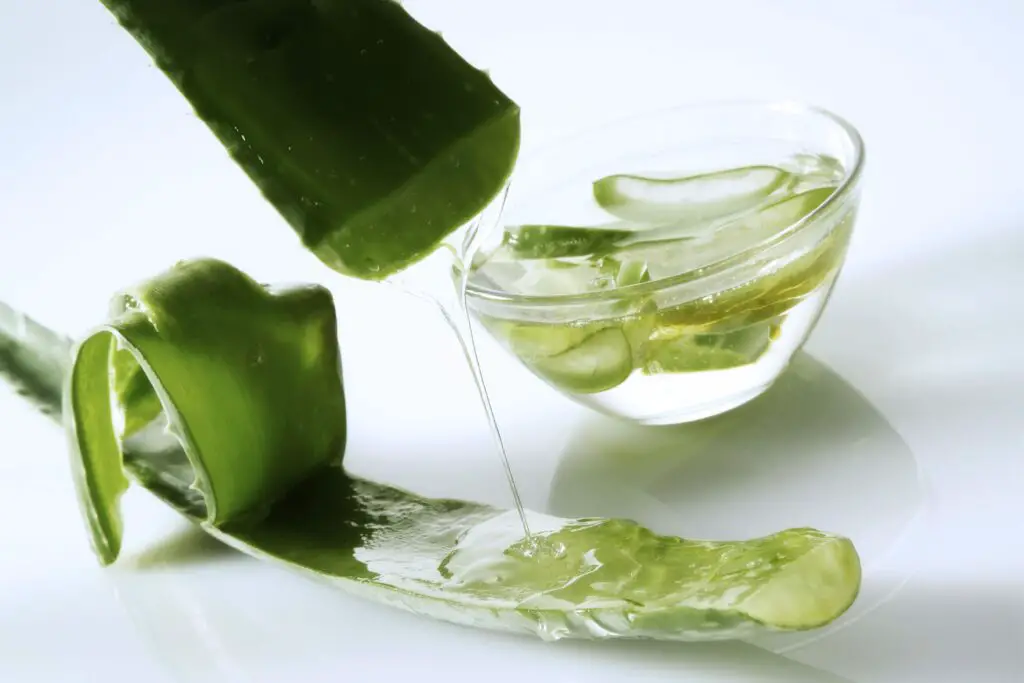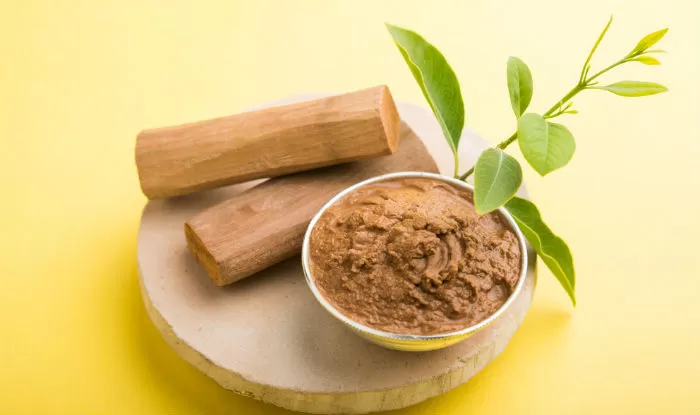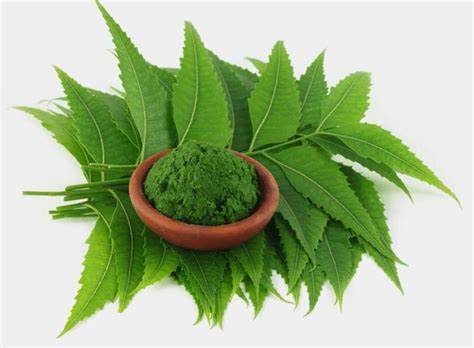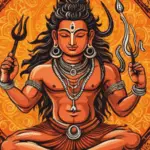Don’t let heat bumps ruin your summer fun. Dealing with heat bumps is uncomfortable and frustrating during the hot summer months. But fear not! This article will share practical remedies and prevention tips that help you manage and prevent heat bumps, giving you smoother and healthier skin all season long.
Understanding Heat Bumps
Heat bumps are also known as heat rashes or malaria. It is a skin disease, and you will notice small marks on affected areas like red or white bumps (bubbles) of sweat due to sweat being blocked and not escaping from the surface of the skin. It is seen in the part where you sweat a lot, like in the face, under the breasts, thigh, and abdomen.
Causes of Heat Bumps
When sweat is trapped under the skin instead of evaporating, it causes irritation and bumps on the skin. Heat bumps commonly develop from hot weather, excessive sweating, and tight clothing.
Signs and symptoms
Signs and symptoms may vary for each type according to how deeply the sweat is trapped inside the skin.
 When the sweat duct’s opening on the skin’s surface is blocked, it causes tiny fluid-filled bumps that break easily. This form of heat rash is called miliaria crystallina.
When the sweat duct’s opening on the skin’s surface is blocked, it causes tiny fluid-filled bumps that break easily. This form of heat rash is called miliaria crystallina.- When bumps start itching in the affected area, the skin is affected deeper; this form is called miliaria rubra.
- Sometimes, when these itchy bumps are filled with pus, this form is called miliaria pustulosa.
- When bumps are painful and itchy, they may break and open, affecting the dermis, the deepest layer of skin. This form is called miliaria profunda.
Prevention Tips
Heat bumps usually recover on their own but if the condition worsens and bumps become more painful. Ignoring them in these hot conditions is dangerous, so here are some tips to protect your skin from heat rash.
- In the summer, exposure to bumps from the sun causes it to burn, so try to stay in cool places as much as possible. An air-conditioned environment is best, but when you go outside, even a fan and shade are okay.
- If you wear tight clothes, they are rubbed against the skin frequently, making you feel irritated, so you prefer wearing loose clothes, which also help you to reduce sweating, allow air to pass through the cloth, and keep your skin dry. Light cotton fabricis said to be the most breathable and comfortable cloth.

- Sweating continuously affects rashes and increases them, so try to keep your skin dry, avoid rushy places, and also avoid intense workouts or exercises that make you sweat more. Change your clothes quickly after the workout as the clothes become wet, and avoid skin-to-skin contact.
- Exposure of skin to dirt and pollution can clog the pores, so take a cool shower to cool down yourself and prefer a soft exfoliation once a day. Don’t do aggressive scrubbing. Go with soap and a washcloth if your bumps are not irritated by soap. Exfoliate gently.
Home Remedies:
- A cold compress is the best way to cool down irritated skin and soothe it. There are two ways to compress. First, wrap a piece of ice on a cloth and compress the affected area. Second, compress it with a cloth soaked in cold water.
 Note: Do not apply ice directly to your skin. Avoid direct contact with ice; it causes redness and irritation.
Note: Do not apply ice directly to your skin. Avoid direct contact with ice; it causes redness and irritation. - Alovera gel has anti-inflammatory and antiseptic properties, which cool down the skin and prevent further infections. Try to use fresh aloe vera gel if available, and do not forget to remove the yellowish substance of aloe latex on the skin of the leaf; it is bad for our skin. If a fresh plant is not available, use trusted Alovera gel from a reputed brand that doesn’t contain any additional ingredients.

- Sandalwood helps reduce pain due to its anti-inflammatory and analgesic properties. Make a paste of sandalwood powder and water as much as required and apply it over the affected area. It reduces the burning sensation and pain and soothes the heat rash.

- Neem treats many skin-related issues because of its anti-microbial and anti-inflammatory properties. Make a paste of neem powder and water, apply it to the affected area, and rinse. You can also take a neem bath by adding neem leaves to water and boiling for 15–20 minutes. Add boiled neem water to the bathing tub and enjoy.

NOTE:
If your skin is dry, apply these remedies for 30 minutes or 1 hour and wash them off. If you can’t notice any adverse effects after one use within 24 hours, you can leave it overnight for the best results. It depends on your skin type, and do not forget to do patch tests before trying any new remedies.


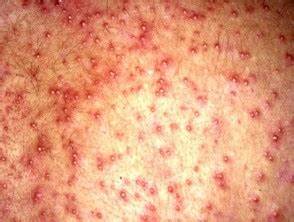 When the sweat duct’s opening on the skin’s surface is blocked, it causes tiny fluid-filled bumps that break easily. This form of heat rash is called miliaria crystallina.
When the sweat duct’s opening on the skin’s surface is blocked, it causes tiny fluid-filled bumps that break easily. This form of heat rash is called miliaria crystallina.
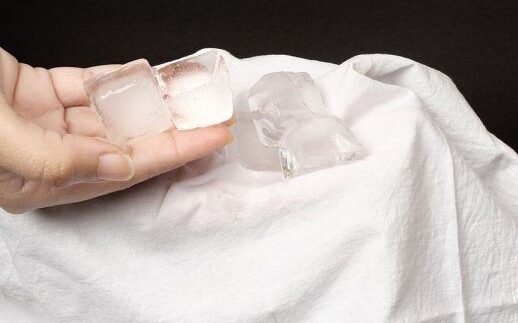 Note: Do not apply ice directly to your skin. Avoid direct contact with ice; it causes redness and irritation.
Note: Do not apply ice directly to your skin. Avoid direct contact with ice; it causes redness and irritation.